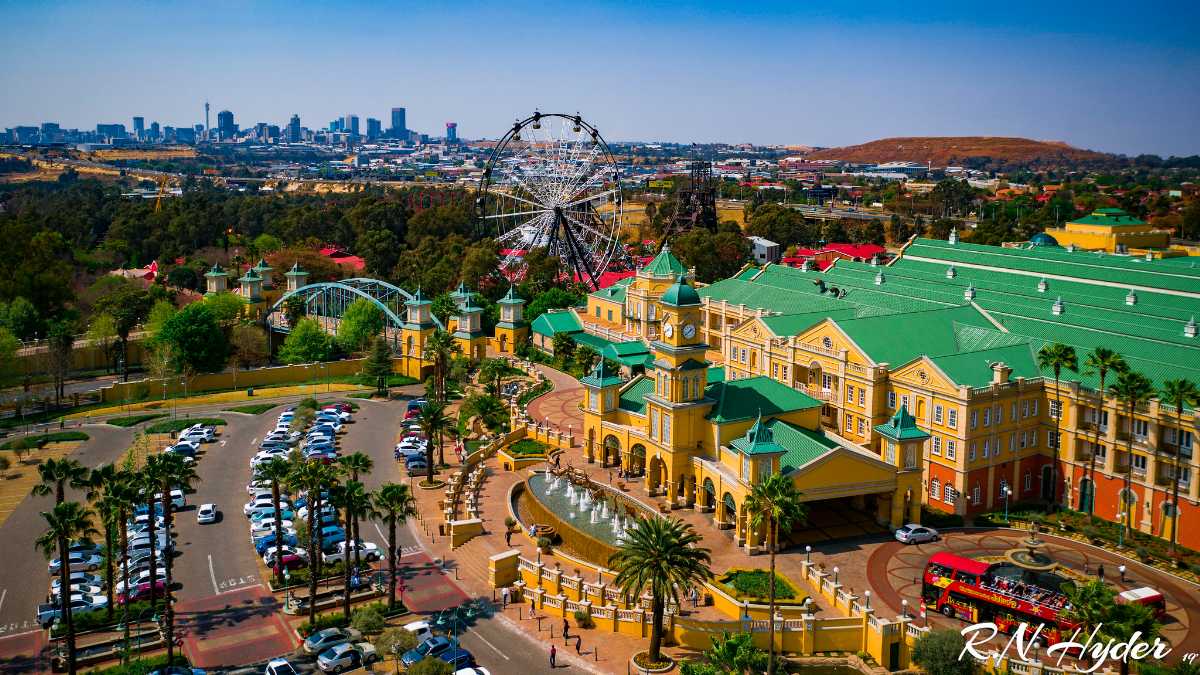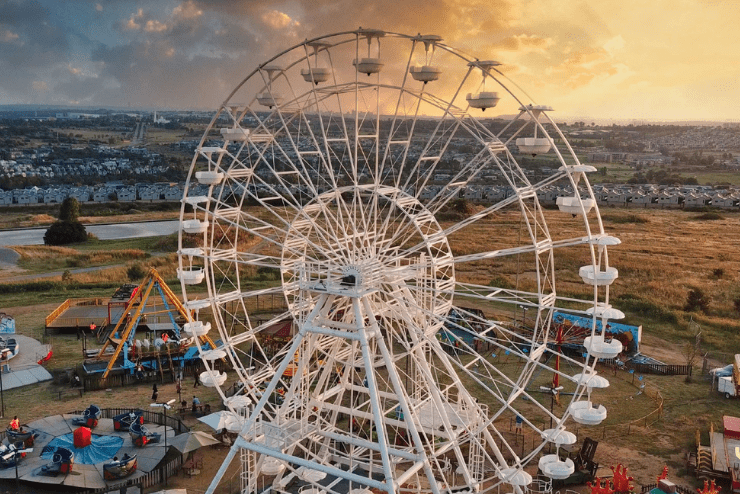Top Guidelines Of Johannesburg North Attractions
Top Guidelines Of Johannesburg North Attractions
Blog Article
All About Johannesburg North Attractions
Table of ContentsJohannesburg North Attractions for BeginnersSome Known Incorrect Statements About Johannesburg North Attractions The Single Strategy To Use For Johannesburg North AttractionsSome Known Incorrect Statements About Johannesburg North Attractions Rumored Buzz on Johannesburg North AttractionsExcitement About Johannesburg North Attractions
The city expanded on the side of the Witwatersrand Main Coral reef, a subterranean stratum of gold-bearing quartz-silica conglomerate that arcs for hundreds of miles beneath the Highveld - Johannesburg North attractions. Most of the gold mines in the city discontinued operation in the 1970s, yet in its day the Witwatersrand gold sector accounted for even more than 40 percent of the world's yearly gold manufacturing.Johannesburg has a temperate environment. Summer temperature levels balance about 75 F (24 C); winter months temperatures average about 55 F (13 C) and just occasionally dip listed below cold. The city takes pleasure in concerning eight hours of sunshine per day in both winter season and summer season. Rainfall standards about 28 inches (700 millimetres) per year, yet the total varies significantly from year to year.
What rainfall the city receives drops nearly exclusively in the summertime months, commonly in magnificent late-afternoon electrical storms., where many residents still depend on coal for gas.

The 4-Minute Rule for Johannesburg North Attractions
The balance of the city is occupied by whites. Accommodation differs in personality and high quality. Soweto is notorious for its countless rows of municipally developed, two-room matchbox homes, yet it also has a few prosperous enclaves along with brimming squatter camps, where tens of thousands live without water, electricity, or hygiene facilities.
Physical development, although rather restricted by transportation, proceeded promptly as migration to South Africa, and Johannesburg particularly, increased drastically. This trouble was fixed in the 1930s when the automobile was introduced in automation to South Africa. Automobiles were, essentially, confined to the rich, and allowed them to move to the north of the city and commute into the centre.
Most inadequate residential areas were combined, with poor blacks and whites living together, although the affluent suburban areas were usually scheduled for whites.
The previous system of eleven numbered regions was reorganised in 2006. Marshalltown, as seen from the top of the Carlton Centre. The M1 and M2 run behind the buildings, and the southerly suburbs expand past the freeway boundary. The inner city of Johannesburg is located within the city's Area F. important site The approximated population of the region is 200,000, [] but the variety of individuals staying in the central city on a casual basis is unidentified, as several are illegal aliens. Most higher-income residents and white individuals have relocated to the north residential areas and have actually been changed by lower-income black individuals. The unemployment, education and learning, and age profiles of the location are all unknown, because of the problem of acquiring trusted info about the location.
A Biased View of Johannesburg North Attractions
Centred on the CBD, the region includes the residential areas of Yeoville, Bellevue, Troyeville, Jeppestown, and Berea to the eastern. To the west it spreads out to Pageview (Johannesburg North attractions) and Fordsburg. There are little industrial locations to the south, such as City West-Denver and Benrose. Around 800,000 travelers go through the internal city everyday, and it operates as a regional buying node for site visitors from the southerly suburban areas. Yeoville and Bellevue have a mix of apartment and solitary domestic devices on tiny whole lots. The area is situated on a mountainous divide that ranges from east to west. The most obvious geographic function is Observatory Ridge, which is named for the large observatory located on it. The leisure areas are no more made use of, as a result of security troubles.

What Does Johannesburg North Attractions Do?
The eastern residential areas are some of the oldest areas of click for more info Johannesburg, there are large areas of Jewish and various other European histories, the majority of the populace is English talking. There are 3 golf training courses as well as a number of safeguarded ridges with viewsites.
The area is mostly composed of old "matchbox" residences, or four-room homes developed by the government, that were constructed to supply low-cost holiday accommodation for black workers during discrimination. Soweto is an acronym, meaning "South Western Townships". my company Road after road around is lined with matchboxes; nonetheless, there are a couple of smaller sized areas where flourishing Sowetans have developed residences that are much more comparable in stature with those in even more affluent residential areas.
Hostels are an additional famous physical attribute of Soweto. Originally constructed to house male migrant employees, many have been boosted as homes for pairs and households. The N1 Western Bypass skirts the eastern border of Soweto. The suburban area was not historically permitted to develop work centres within the location, so mostly all of its locals are commuters to various other parts of the city.
How Johannesburg North Attractions can Save You Time, Stress, and Money.
The N1 Western Bypass attaches the north suburbs with the north-western suburban areas. The residential locations in the northern suburban areas are mostly formal, without substantial locations of casual housing, or housing that does not have an irreversible structure. This is a recognized area, there is a trend of land usage modification from residential to commercial, specifically along primary arterial roadways and around recognized nodes.
The location is well attached to road networks, particularly along the north-south axis formed by the M1 and N1. Roads to the east and west are much less well created, as there are no highways travelling in that direction. In the direction of the northern border of the city, the density of advancement reduces, leaving big areas of undeveloped land around Midrand.
Some Known Factual Statements About Johannesburg North Attractions
, which is situated on a hillside ignoring the internal city and Hillbrow.
Report this page